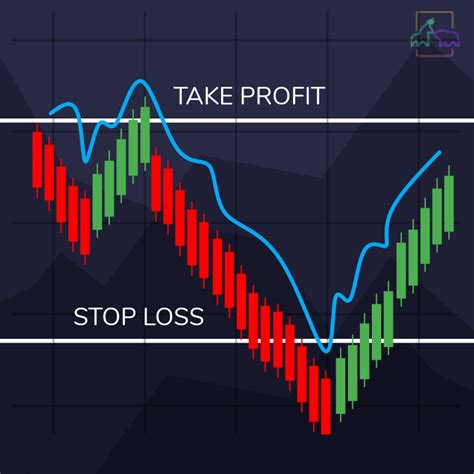Creating Limit Orders for Futures Trading on Binance: A Step-by-Step Guide
It is essential for an aspiring futures trader to master various trading strategies, including creating limit orders with take profit and stop loss settings. However, navigating the intricacies of the Binance API can be intimidating, especially when you encounter errors. In this article, we will guide you through the process of creating a limit order on Binance for futures trading.
Prerequisites:
- Create a Binance account if you do not already have one.
- Set up a suitable trading pair (e.g. EUR/USD).
- Familiarize yourself with the Binance API documentation and the limitations of order types (e.g. market, limit, stop).
Step 1: Understanding Limit Orders
A limit order is an order that specifies the price at which to buy or sell an asset, as well as the quantity. When creating a limit order with take profit and stop loss settings:
- Take Profit: Set a price at which to exit the position if the target level is reached.
- Stop Loss: Set a price at which to enter a new stop-loss order to limit potential losses.
Step 2: Create a limit order
To create a limit order, follow these steps on Binance:
- Log in to your binance account and go to the futures trading page.
- Select the trade you want to create the limit order for (for example, EUR/USD).
- Click “Market” or “Limit” to specify the order type.
- In the “Order Type” drop-down menu, select “Limit Order”.
- Enter the following details:
- Side: Buy or Sell
- Type: Limit order (market, limit or stop)
- Price:

The price at which you want to execute the trade
- Quantity:
The number of units you are willing to buy or sell
Step 3: Set Take Profit and Stop Loss settings
To set take profit and stop loss settings:
- In the same limit order window, click “Add Condition” (or press Ctrl + Shift + C).
- Select “Take Profit” from the drop-down menu.
- Enter the target price for your trade. at which you want to exit (profit level).
- Set a stop-loss price below or above the take-profit price.
- Set a specific time interval (in seconds) before executing the command.
Step 4: Review and confirm your order
Please carefully review your limit order settings:
- Verify that the
Side,
Type,
Price and
Quantity fields match your requirements.
- Check that you have entered the correct take profit level, stop-loss price and time to execute (TTE) value.
Common mistakes to watch out for
When creating a limit order on Binance:
- Error: Invalid
takeProfitorstopLossPrice
+ Solution: Double-check your entry price, target price and stop-loss price.
- Error: Invalid
side,typeorquantity
+ Solution: Carefully review your trade requirements and ensure the correct values.
Additional Tips
To improve limit order management on Binance:
- Use a trusted API key: Make sure your key is The API has not expired or been revoked.
- Configure account settings: Configure your trading pair, symbol, and API permissions to optimize performance.
- Monitor your orders: Monitor your orders in the “Orders” tab to detect any errors or issues.
Conclusion
To create a limit order with take profit and stop loss settings for futures trading on Binance, you need to pay attention to the details and set up correctly. By following these steps, you can effectively manage your trades and achieve your financial goals. Don’t forget to stay up to date with Binance API documentation and limitations to avoid errors and ensure smooth execution of your orders.

